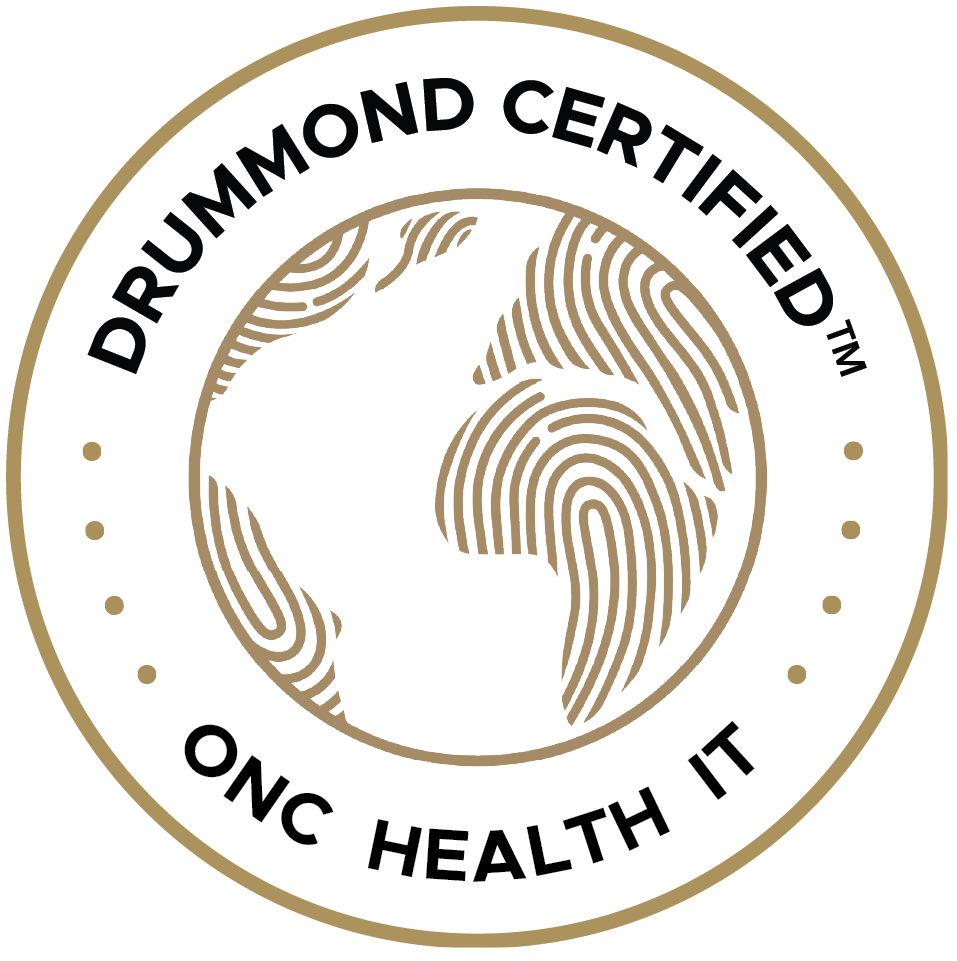gvgray
One of the promises made to clinicians about EHRs was that they would save them time: routine tasks would be automated; duplicative data entry would be eliminated; the amount of time spent on paper work reduced.
But that promise is not always realized. Some doctors say EHRs do not save time. They waste time. A recent survey shows that the adoption of EHRs has resulted in physicians and other clinicians spending more–not less time– on administrative tasks. A recent survey found that EHRs “steal” 48 minutes a day or four hours a week of a physicians time. http://www.usnews.com/news/articles/2014/09/08/doctors-complain-of-time-wasted-on-electronic-health-records
Why have EHRs fallen short? Critics point to the time cost of EHR data entry as clinicians must conform to the structured data entry requirements of the computer. Difficulty of navigating through the EHR and the fact that EHRs contain and demand much too much information—much of it, in the words of one physician, “endless and mindless” –are also cited as problems.
But some of these problems are solveable, and, in fact, are being solved today. Problems related to ease of use will fade as the programming of EHRs evolve in response to clinician feedback. For example, EHRs configured for Tablets have made their use easier for most clinicians as recent surveys have shown. And younger clinicians on average have less trouble with computers than older clinicians.
There is, however, another class of problems that will be more difficult to solve because they are not responsive to clinician feedback. It has to do with how the EHR is used.
Increasingly EHRs are being used to micromanage and control clinical practice. The existence of EHRs tempts payers and regulators to add data requirements. But it is the clinician who has the burden of inputting the additional data. We see this process clearly in the ONC and the Meaningful Use requirements.
Take this example of a Meaningful Use depression screening measure. The measure is the percentage of patients 12 and older who were screened with an appropriate standardized depression screening tool and, if positive, a follow up plan documented. Imagine properly documenting to meet this standard. For starters, you can’t diagnose via standard practice: the clinical interview. You must remember to use a standardized instrument. Which one? Is there a depression questionnaire for adolescents? And you can’t write out a treatment plan in text, e.g. return in 2 weeks for re-evaluation. You must enter that data in a format the computer can interpret. In this instance, regulations micromanage service delivery and impose documentary burdens on the clinician and his staff.
Surveys show that use of EHRs often leads to low morale among staff. But is the main problem the EHR? Or is it the bevy of regulations that demand that the EHR be used for purposes that serve the interests of payers and regulators–i.e for cost control–and not for purposes that clinicians desire–i.e. provision of good care?
In time standards like these developed by CMS for ONC and Meaningful Use will migrate to commercial payers and Accountable Health Plans. Put bluntly: EHRs will be used by payers and administrators to shift power from the treating clinician towards management in order to boost clinician productivity and insure compliance.
Nor is eschewing EHRs and staying with paper-based records an option. EHRs at least automates and reports some of the data that is collected. Using paper-based records would be virtually impossible..
Mental healthcare in America has long been more intensively managed than other areas of healthcare. Prior authorization and utilization review have been staples of MBHOs (managed behavioral healthcare organizations) for some time, However, these management procedures are costly and cumbersome to implement. The advent of EHRs makes oversight/compliance monitoring via data mining cheaper and easier.
It is important to emphasize that EHRs are only a tool. They can and are used for many purposes: clinical decision support; care management via electronic exchange of clinical information; practice research; the automation of business functions, and the like.
However, in this era of healthcare reform, one inevitable use of EHRs will be cost control and standardization of practice as payers achieve hegemony over clinicians in the delivery of healthcare.
Clinicians need to pay attention to regulatory developments lest they be relegated to a virtual healthcare factory. For the real enemy is not the EHR. It is the purposes to which the EHR are put.
[polldaddy poll=8423498]









